Rib Steak vs. Ribeye: The Difference Between Cuts
Primal Edge Health participates in the Amazon Services LLC Associates Program and other affiliate programs and therefore, may collect a share of sales or other compensation from the links on this page. This comes at no additional cost to you, and all the prices and availability are accurate at the time of publishing.
Let’s dive into the key differences between rib steak vs. ribeye steak, considering cost, size, cooking technique and taste. You’re not alone if you’ve ever stood at the butcher counter, scratching your head, trying to pick between these two. They are both delicious but hard to tell apart at a glance.
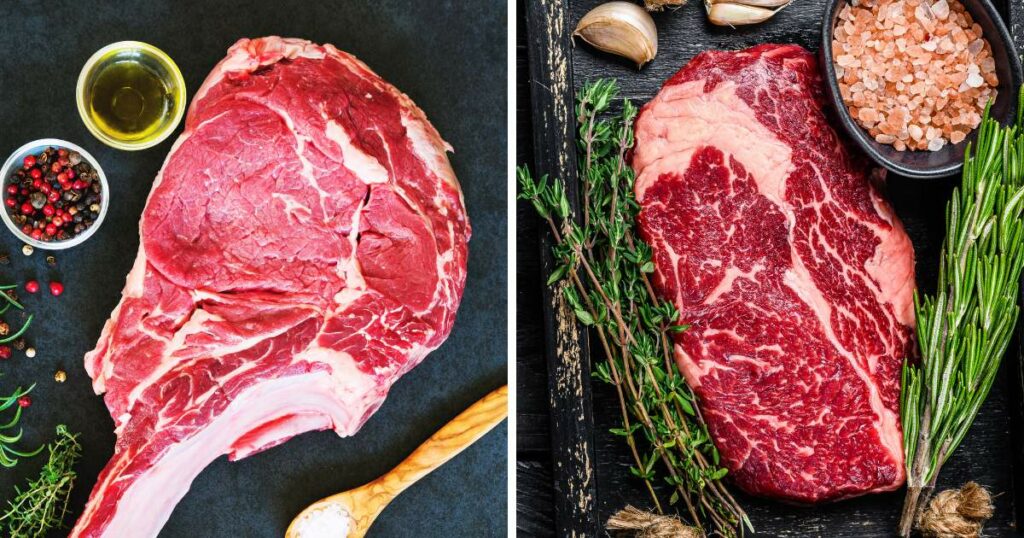
I have a history of plant-based eating and didn’t learn to cook meat until my mid-twenties. You could have told me rib steak and ribeye were the same, and I’d have believed you. At first glance, these two cuts of meat look the same, and their names sure sound the same, so how do you know which is which?
When it comes to choosing between rib steak vs. ribeye cut, knowing about each cut of steak is important to help you decide on the one you want. So, let’s get to know these better.
Table of Contents (click to view)
What is a Rib Steak?
A rib steak is a bone-in ribeye steak. The rib steak comes in many names. It is also known as French ribeye, cowboy ribeye, tomahawk, or cowboy chop. It’s commonly called a tomahawk due to its distinctive appearance, featuring a long, Frenched rib bone resembling the handle of a tomahawk axe.
You might see the Frenched bone and think of a fancy holiday prime rib roast. That isn’t wrong. These individual steaks are cut from that same section.
This meat is cut from the primal rib section of the cow. Smaller French ribeye steaks can average between 16 and 20 ounces, while larger tomahawks have a thickness ranging from 2 to 2.5 inches and can average between 30 and 45 ounces. Mind you, a lot of that weight comes from the big bone, but even so, there’s a generous amount of steak, too.
Always try to support local food production as much as possible. But if you can’t find a retailer in your area, I recommend U.S. Wellness for grass-fed and pastured meat online. It’s nice to know that you’re buying sustainably raised food without pesticides, antibiotics, and GMOs from people to support nose-to-tail eating.
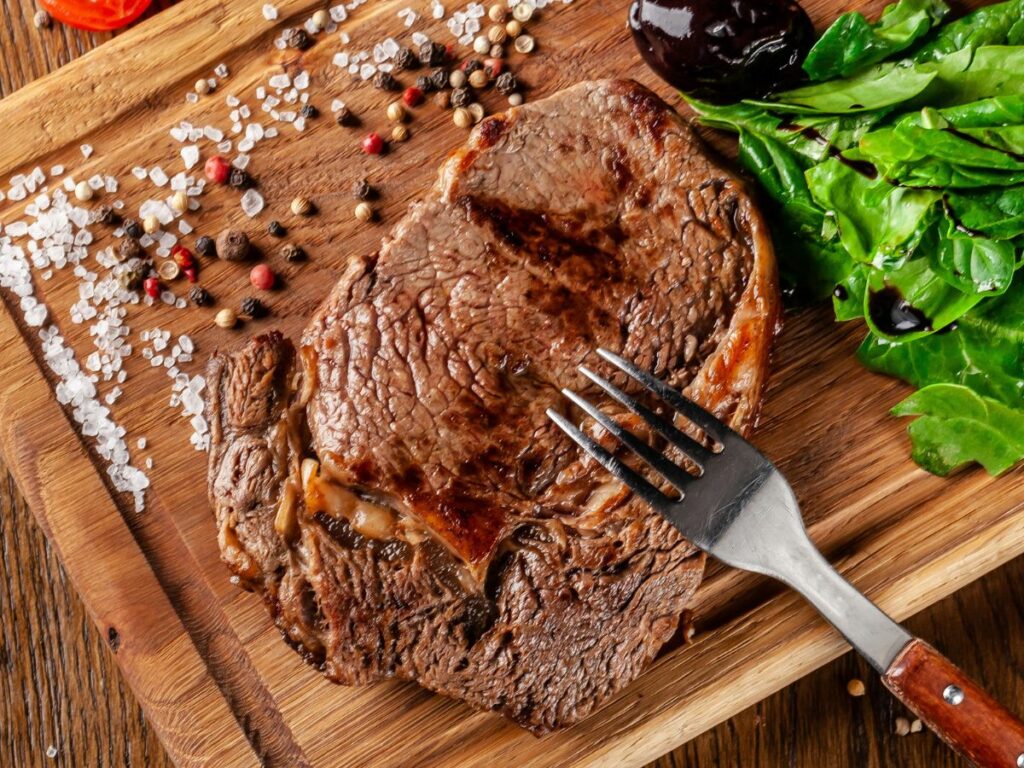
What is a Ribeye Steak?
The ribeye steak is a cut from the central part of the rib steak. But, unlike the rib steak, butchers remove the bone from it. The ribeye steak is cut between the loin and shoulder of a cow, specifically from ribs six to twelve. It’s the “eye” or the centermost part of the cow’s ribs, hence the name.
In the United States, the rib eye is also called Spencer steak, Scotch filet, Delmonico steak, entrecôte, market steak, or beauty steak. The different names alone begin to indicate that this is something special.
Ribeyes are usually available in grocery stores, farm direct, and online. Getting meat shipped to your doors is incredibly convenient. So, if you like that ease, order from White Oak Pastures. They supply grass-fed ribeye steak and other meats, all raised by regenerative agriculture practices. We’ve supported them for years and appreciate all the work and educational efforts they do.
Is Rib Steak the Same as Ribeye?
Both rib and boneless ribeye steaks come from the cow’s rib. These cuts of beef are the perfect entree for many situations, especially if you have a crowd to feed. They’re both delicious and flavorful with high-fat marbling that’s sure to please everyone around.
Either of these cuts is a choice option for special occasions, barbecues and grilling cookouts, a romantic dinner with your significant other, or a quick but remarkable weekend dinner with the family. Dr. Shawn Baker and others who enjoy these cuts as a main staple in their carnivore diet have made them popular choices within the ultra-low-carb movement, proving these steaks are pretty good any day and any time of the week.
The fact that some people use the terms rib steak and ribeye interchangeably can be confusing. In summary, to tell which is which at first glance, take a look at the steak’s edge. If it has a bone attached or if it looks like an axe, it’s definitely a rib steak. But, if it doesn’t have a bone that makes it look like an axe, it’s ribeye. Basically, bone-in is a rib steak, while the boneless cut is a ribeye.
Differences Between Rib Steak and Ribeye Steak
It sure is a flavorful showdown when comparing beef rib steak with ribeye steak. Let’s slice through the nitty gritty and compare the significant differences in cooking technique, cost, size, taste, and more so you can make an informed decision between the two.
Cooking Technique
Both rib steak and ribeye take to the same cooking process. You can grill, pan-sear, reverse sear, or cook them in the oven. The difference is the space they need and how long you cook for. If you’re working with a rib steak with a large bone, you will need a bigger pan to cook it in.
A thick rib steak will also need a longer cooking time than a ribeye. It all depends on the specific cut. Kansas City Steaks has an extensive series on how to cook steaks, breaking down the best approach for each.
For example, if you’re grilling to medium doneness, a 2-inch cowboy rib steak can cook for 9 to 10 minutes per side. Comparatively, a ribeye only requires 9 to 12 minutes total.
Thick rib steak also requires more time when broiling. Rib steak must be broiled on each side for 8 to 9 minutes, while ribeye only calls for 4 to 5 minutes of cooking time. Both steaks are great for grilling.
I can’t recommend a high-quality instant-read meat thermometer enough, cooking to the internal temperature of meat is the best way to achieve the finish you want. Plus, it’s the best way to make sure your steak reaches a safe temperature for eating.
The Thermapen® ONE, by Thermoworks, is my favorite kitchen tool. Whether I'm grilling, baking, roasting or fermenting, this tool ensures targeted precision. Its quick response time and user-friendly design make it an indispensable companion for consistently delicious and precisely prepared food.
- One-second readings
- Accurate within ± 0.5°F (± 0.3°C)
- America's Test Kitchen - Winner
- 5-year warranty
Similarly, you must pan-sear a bone-in cut on a cast-iron skillet or heavy-bottom stainless skillet over high heat for 4 to 5 minutes on each side. Meanwhile, ribeye only requires 2 to 3 minutes per side.
If I’m short on time, I always go for ribeye. But, if you have a crowd to impress and I have more time, rib steak will never let you down. Tomahawks are impressive on the grill when you don’t need to worry about cutting a bone, so the meat fits in a pan. That’s a buzz kill worth avoiding.
Cost
When buying meat, one of the first things that we often consider is its cost. If you’re deciding between rib steak and ribeye based on their prices, I’d say go for ribeye.
Rib steak is typically more expensive than ribeye because it’s a larger and heavier item. Rib steaks have a large bone attached to them, making them look like an axe. The weight adds up.
Additionally, these specialty steaks need to be trimmed, but we’re not just talking about basic trimming. This cut of meat requires an experienced butcher’s skill to make it visually appealing and also tender and delicious.
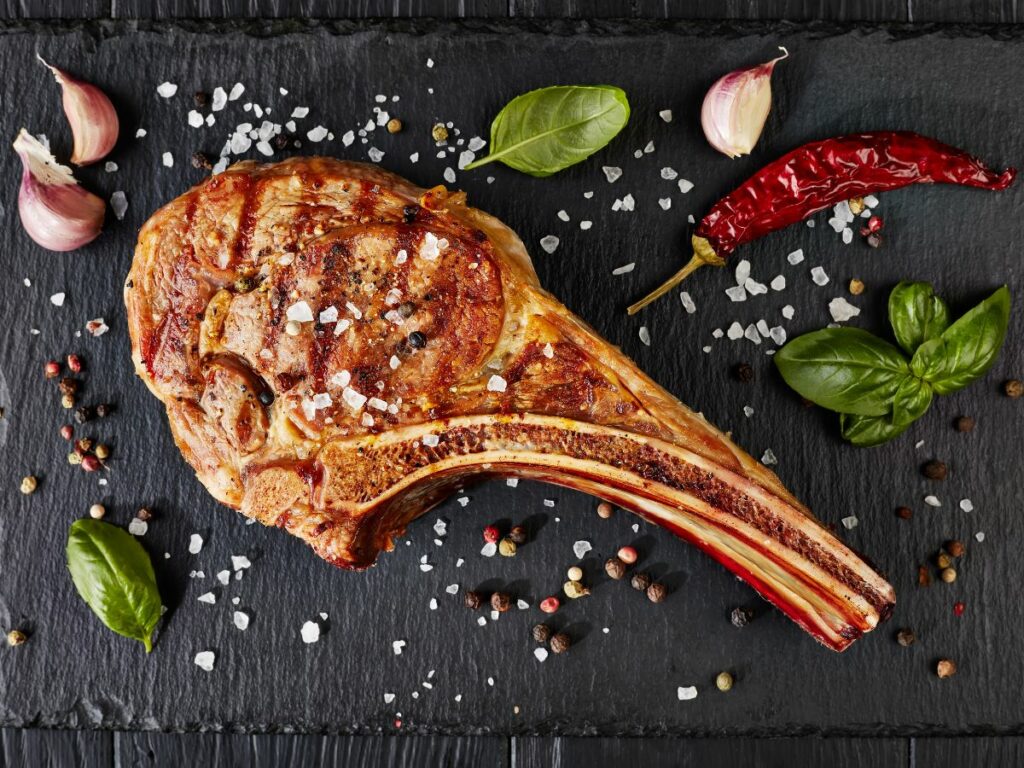
Size and Visual Appearance
Rib steak and ribeye sizes are also different and can be a factor to consider when buying too. A rib steak is bigger because of the bone attached to it. The bone can be up to 20 inches long but is usually trimmed to less than 10 inches. Ribeye, on the other hand, is smaller. In fact, the average size of a ribeye can be between 6 to 7 inches long, depending on the cut.
When served side-by-side, rib steak will always get more attention because of the bone attached to it, especially if it’s full length. Ribeye, on the other hand, looks plain without bone attached. It is also smaller, so it’s not as show-stopping as the rib steak.
|
Primary Rating:
5.0
|
Primary Rating:
5.0
|
|
Pros:
|
Pros:
|
- Only refers to boneless ribeye steak
- Oblong in shape
- Nicely marbled
- Suitable for one serving
Weight
In terms of weight, the two cuts are also different. On average, a classic ribeye steak is a smaller cut and can weigh up to 15 ounces. Meanwhile, the rib steak is a larger cut and can weigh up to 45 ounces. Again, this is because of the bone attached to it.
Not all portions are equal because they process up or down the rib cage, tapering down in size more and more on either side. You’ll see this next time you visit the local butcher counter at your grocery store, for example, some ribeyes are noticeably bigger or small that one another, still called ribeye.
Taste and Texture
As for the taste, honestly, it is very subjective to taste buds. Some say the rib steak is more flavorful and tender because bone-in steaks are typically more tender and juicy as the presence of the bone insulates the meat while cooking. Some say that the ribeye is more flavorful because it has the super flavorful rib cap, which is where you can find the Spinalis dorsi, or the most delicate part of the ribeye.
Others argue that the taste is just the same because both cuts of steak are from the same part of the cow. I find that the source of meat makes the biggest difference, grass-fed beef tends to have more lean muscle but has an extra flavor with herbal tones.
Similarly, the mouth texture is on par too. I tend to think the cooking style affects the texture more than the actual cut.
Nutritional Value
As with taste, there isn’t much difference in terms of nutritional value. Nevertheless, it is an interesting point of comparison. Take a look at this table for a side-by-side comparison from Nutritionix for a tomahawk steak compared to a ribeye.
| Nutrition (per 85 grams) | Rib Steak | Ribeye |
| Calories | 247 | 230 |
| Total Fat | 19 grams | 16 grams |
| Cholesterol | 68 milligrams | 66 milligrams |
| Sodium | 46 milligrams | 49 milligrams |
| Protein | 20 grams | 21 grams |
| Vitamin D | 0.2 micrograms | 0.1 micrograms |
| Calcium | 9.4 milligrams | 10 milligrams |
| Iron | 1.9 milligrams | 2 milligrams |
| Potassium | 221 milligrams | 237.2 milligrams |
Conclusion
This rib steak vs. ribeye comparison highlights the main difference between these delicious cuts of beef despite their similar names. It’s clear that while both the bone-in cut of rib steak and the boneless ribeye bring their unique flair to the table, your decision ultimately comes down to your personal preference and favored cooking methods.
Whether you opt for the robust, rich flavor of a bone-in rib steak or the tender, slightly quicker-to-cook ribeye, rest assured that they are both fantastic choices for creating an enjoyable dining experience that will always impress steak enthusiasts in the crowd.

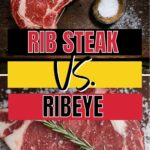
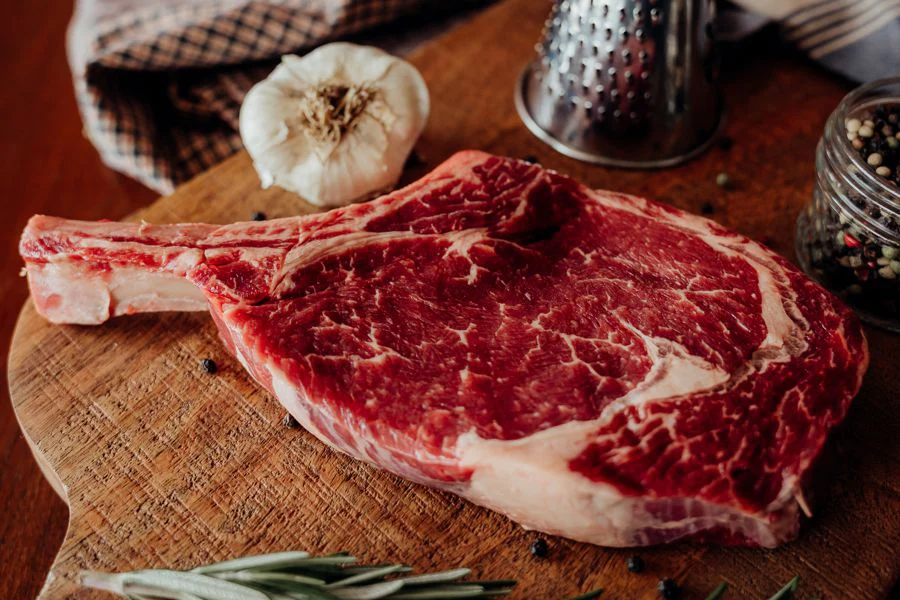
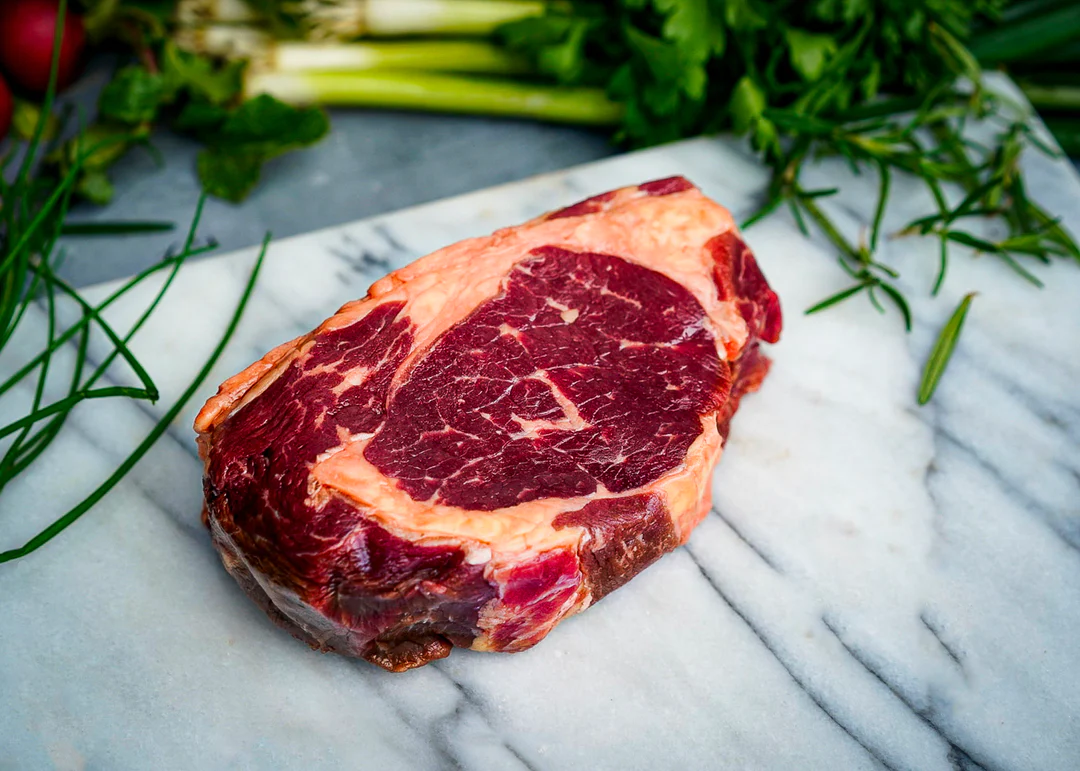
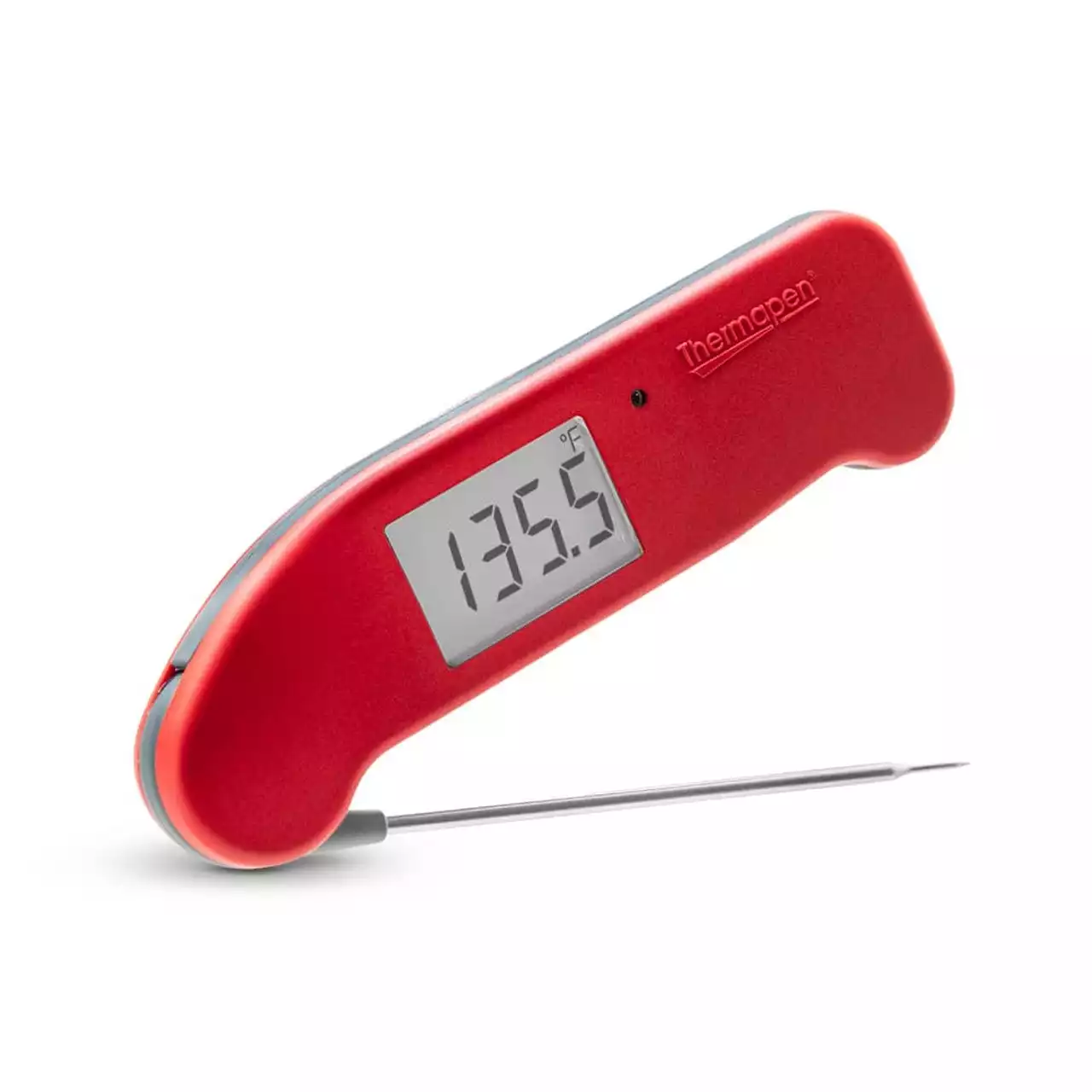
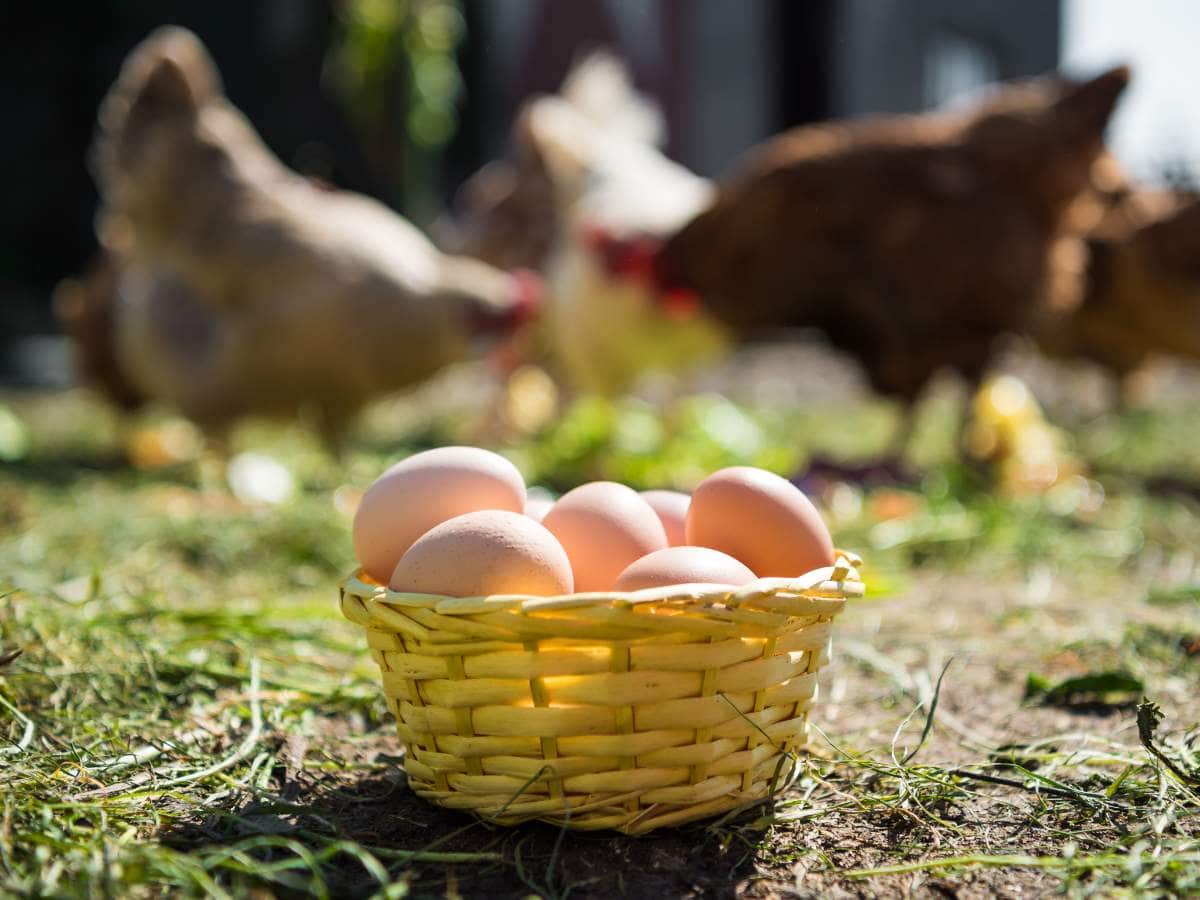
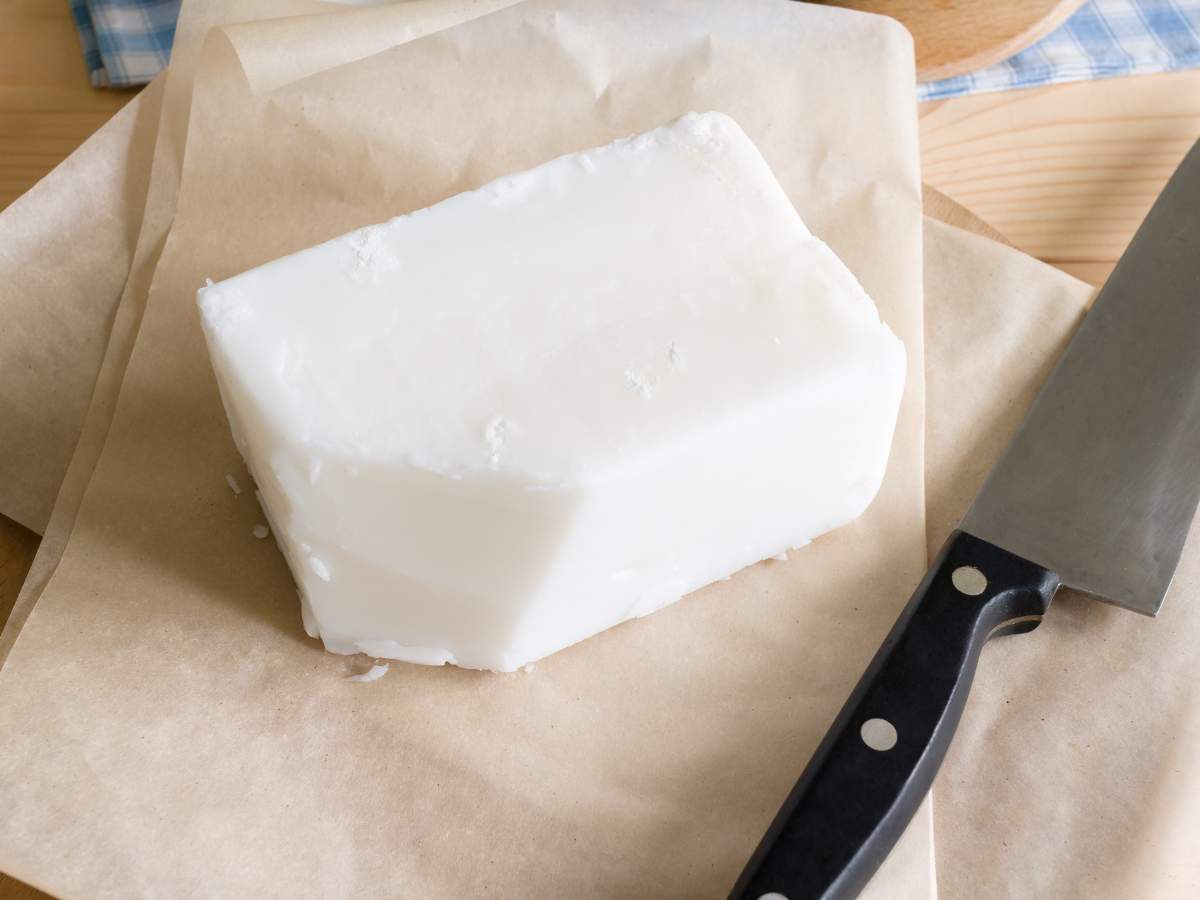


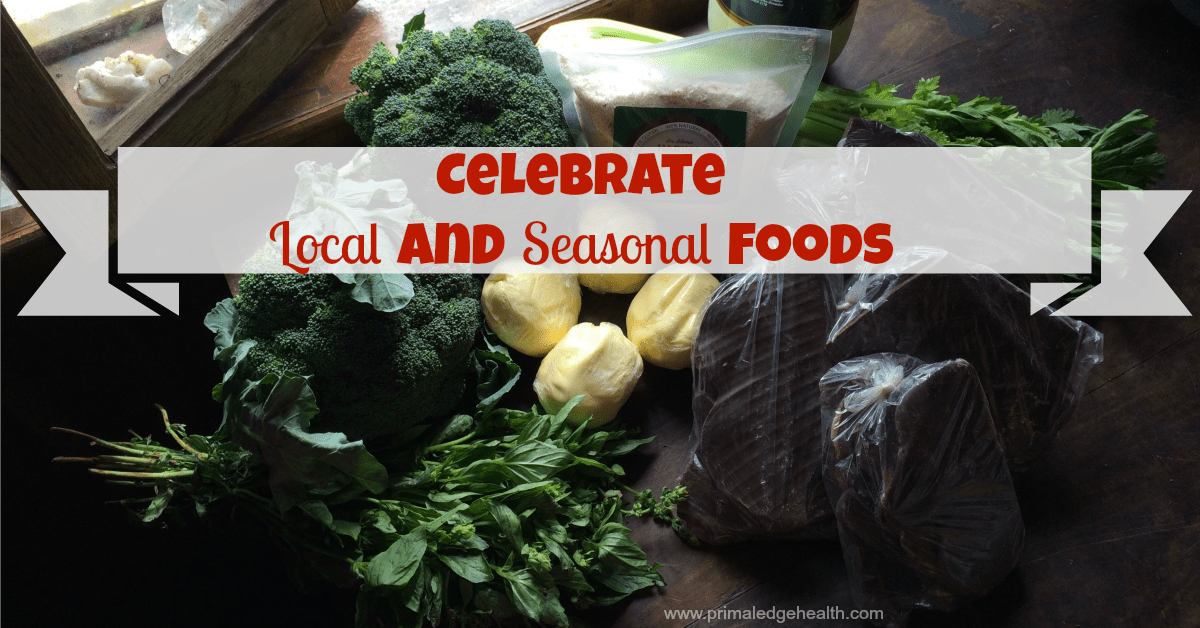
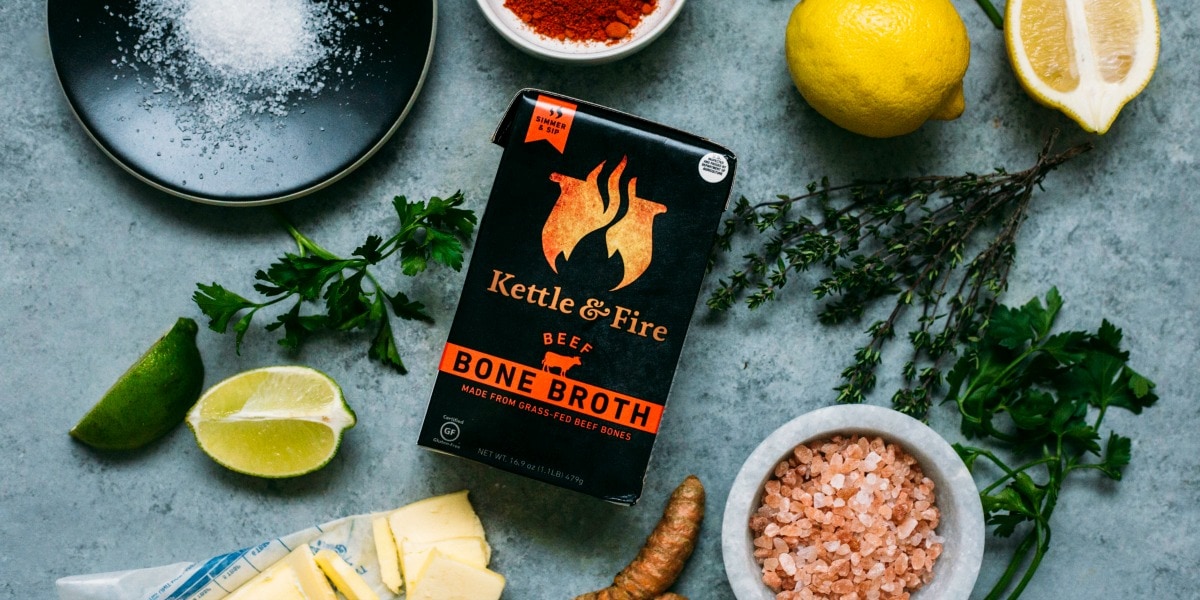
I never realized there were so many different names for rib steak. No wonder I’ve been confused! Thanks for the great info. It’s very helpful for ex-vegetarians like me.